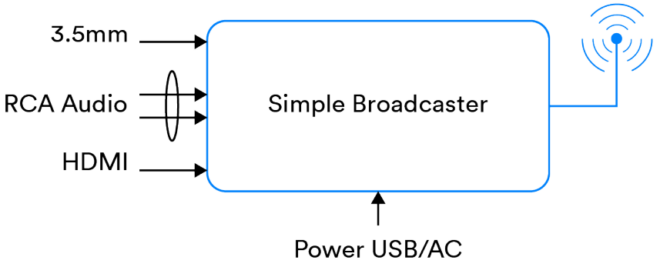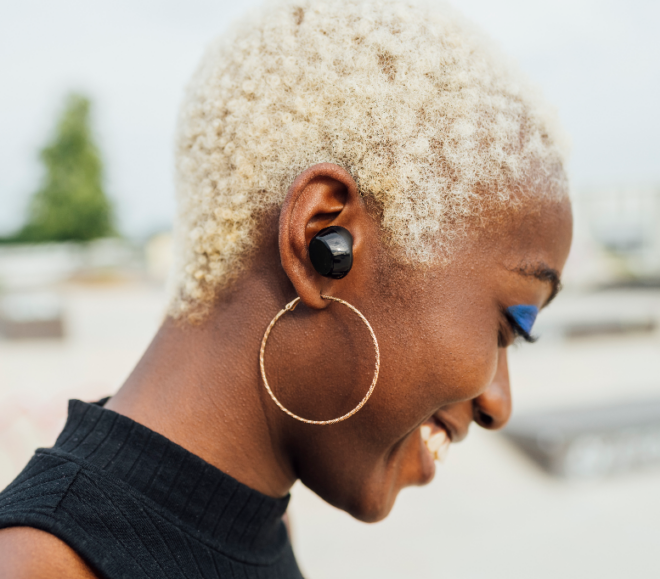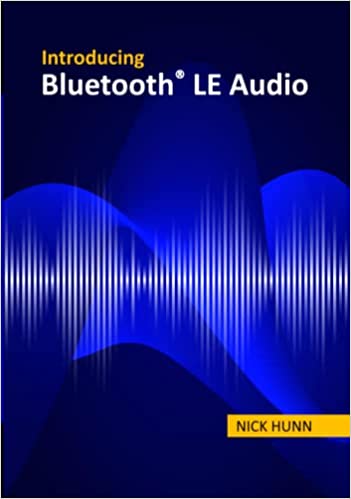The World Health Organization estimates that more than 6 percent of the global population suffers from some level of hearing loss. That’s roughly 466 million people around the world, including my dad.
For more than 15 years, my dad has suffered from hearing loss, and, in the last year, it’s gotten significantly worse. Specialists attribute it to partly hereditary, something I can look forward to, and partly due to his job. A trucker by trade, my dad worked near and ran heavy equipment in an era when his profession hadn’t yet adopted hearing protection. Now, like many of his generation, he’s part of a stigmatized group relying on hearing assistance to participate in social interaction.
The biggest challenge for my dad is the isolation. Even with the whole family in the room with him, I know he struggles with feeling included and keeping up with the conversation. Whether we’re watching TV, talking at the dinner table, or out running errands, even though he’s present and actively trying to participate, he is cut off.
That said, his hearing aids are a tremendous help. For what they do, they work well. They’re small, so you don’t even notice he’s wearing them. And while they improve his quality of life, they’re not seamless with day-to-day living and come with their own set of challenges.

Trouble Connecting in a Connected World
On first glance, you’d think hearing aids and Bluetooth® technology were a perfect fit. Unfortunately, for several reasons, including power considerations and the understandable desire for smaller form factors, incorporating Bluetooth technology in the hearing aid has not been without its challenges. As a result, a wide range of intermediary devices, or streamers, have been developed to fill that vacuum. Unfortunately, many of these products, while solving a challenge and improving quality of life, are burdensome in other ways.
My dad has a few of these intermediary devices. One of which, a large device he wears around his neck and affectionately calls his necklace, allows him to talk on his cell phone. His hearing aids aren’t super friendly with cell phones, and, should he forget to take them out, they will often shut off automatically to protects his ears from any potentially damaging noise.
Dad’s necklace connects to his cell phone via Bluetooth technology, allowing him to hear and have a conversation with the person calling. And for what it does, it’s great. But, in addition to being awkwardly large, he has now altered his greeting when answering the phone. Instead of a simple hello, when I call him, I get, “hang on. I need to get my necklace.” The dangling device gets in the way of activity, so he wears it only to take or receive a call.
And that’s just for the phone. If he wants to watch TV, a different device is required. A few years back, my sister and I gifted him a set of Bluetooth enabled headphones so he can hear the TV, but he’s in his own world when watching. When using the headphones, he has to remove his hearing aids, so he can’t hear us and we can’t talk about a show we’re watching together.
That said, my dad has gotten excited about each of these devices and they’ve significantly improved his activities. But it would be great if his hearing aids connected directly with the various technology platforms he already uses.
The Next Generation of Hearing Aids Are Blue
Earlier this year, the Bluetooth® Special Interest Group (SIG) announced the launch of Bluetooth LE Audio. This latest innovation of Bluetooth technology supports a host of new audio features, including low power, high quality, and multi-stream capabilities that will enable hearing aids to bring all the benefits of Bluetooth audio to people with hearing loss.
Low Power = More Power
For the hearing aids my dad uses, the battery life is limited. I can’t count the number of times we’ve been interrupted by a series of beeps emitting from my dad’s hearing aid, followed by him saying, “hold on. I need to change my batteries.” He might go through up to eight batteries a month, and they aren’t rechargeable. Thankfully, the VA (U.S. Dept. of Veteran Affairs) supplies him with a six-month supply at a time. But not everyone with hearing loss has access to VA benefits. My grandmother, who also suffered from hearing loss, was on a strict budget to afford batteries for her hearing aids.
Since Bluetooth LE audio will allow developers to build on the Bluetooth® Low Energy (LE) radio, reducing device power consumption, new models of hearing aids will be able to take advantage of Bluetooth technology to create more energy-efficient solutions.

Reliable Pickup for Better Hearing
If there are more than two people talking in a room, my dad has a hard time following the conversation. Even with the hearing aids, he sometimes misses key words that change the tenor of a discussion. He’ll weigh-in and agree on something that he thinks we’re talking about when we’re actually discussing something different.
This is due, in part, to where the microphone in the hearing aid is positioned. Since many manufacturers are designing hearing aids to be near invisible, it’s difficult to also ensure optimal mic placement. Using Bluetooth LE Audio, newer generations of hearing aids will be able to access the microphone in my dad’s smartphone to better pick up a nearby conversation and transmit it directly to his ear, making it much more reliable and easier for him to hear what everyone is saying.
Clear Hearing in Public Spaces
Places like airports or venues with PA systems are especially troubling for people like my dad. Using his hearing aids in these places, so many voices and sounds are amplified that it all becomes nuisance noise. And he especially can’t understand gate announcements — they come through as a garbled jumble — so he ends up turning off his hearing aids.
Once hearing aid manufacturers begin using Bluetooth LE Audio and the broadcast capability, those of us with smartphones (with or without hearing aids) will begin to use the same benefit: tuning in to public TVs or PA systems directly.
One Device, Many Features
The biggest impact for my dad will be not having to rely on additional devices to enjoy what I take for granted. Hopefully, in the not-too-distant future, he’ll be able to simply answer his cell phone, easily watch TV with his family, and take advantage of the full range of Bluetooth® wireless features that I enjoy every day.
In the last year alone, my dad lost another 40 percent of his hearing, and it’s only going to get worse as he gets older. But the idea of what Bluetooth LE Audio could mean for hearing aids has gotten him excited. I look forward to the day when the next gift I give to my dad is a hearing aid that not only looks like an over-the-counter earbud, but performs like one too.
Learn more about how the next generation of audio is supporting people with hearing loss.
![]()
FEATURED INNOVATION
Bluetooth LE Audio
This latest innovation of Bluetooth® technology supports a host of new audio features, including low power, high quality, and multi-stream capabilities that will enable hearing aids to bring all the benefits of Bluetooth audio to people with hearing loss.

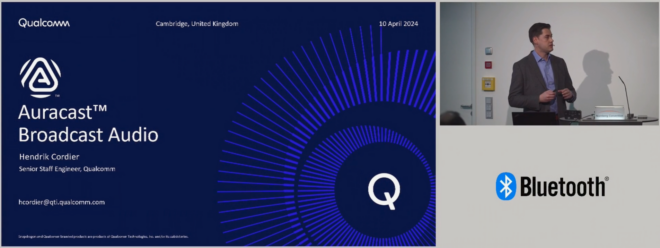

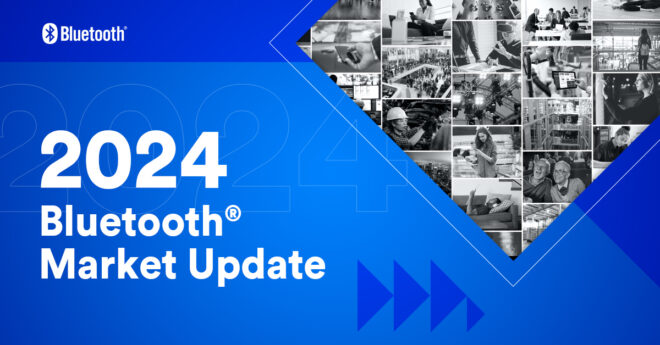

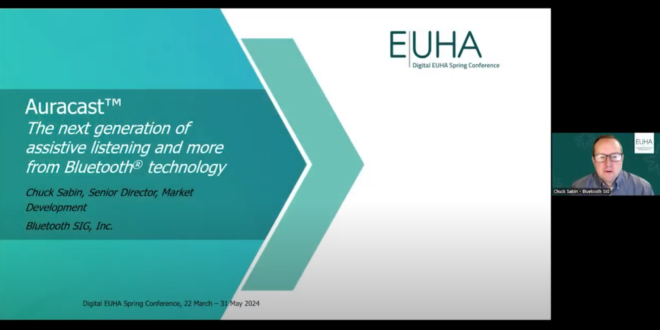
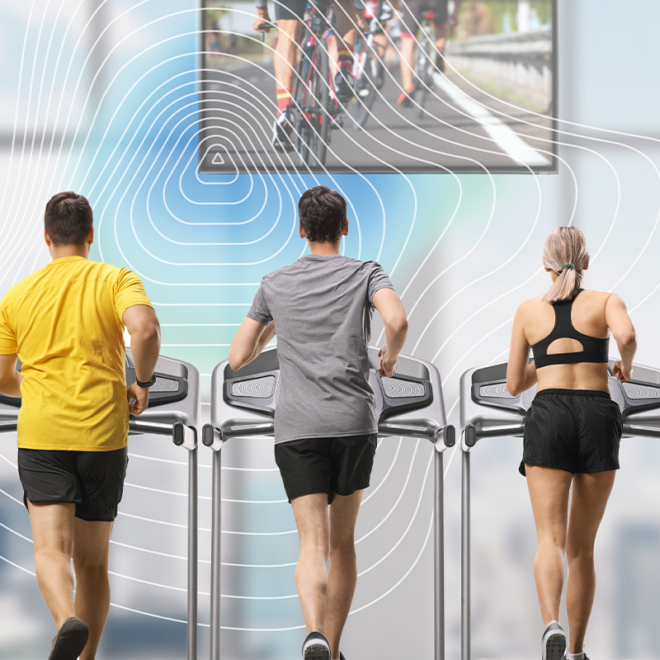
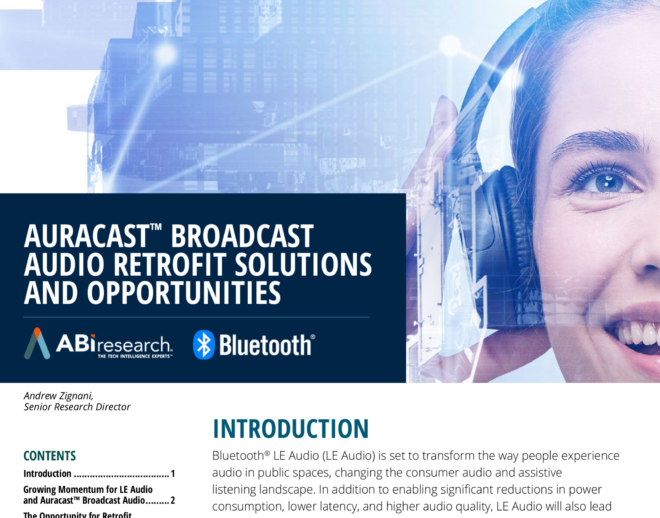
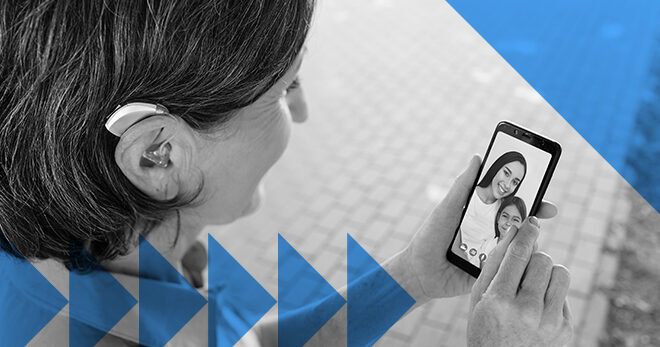
![packetcraft logo tagline[1]](https://www.bluetooth.com/wp-content/uploads/2024/03/packetcraft_logo_tagline1.png)

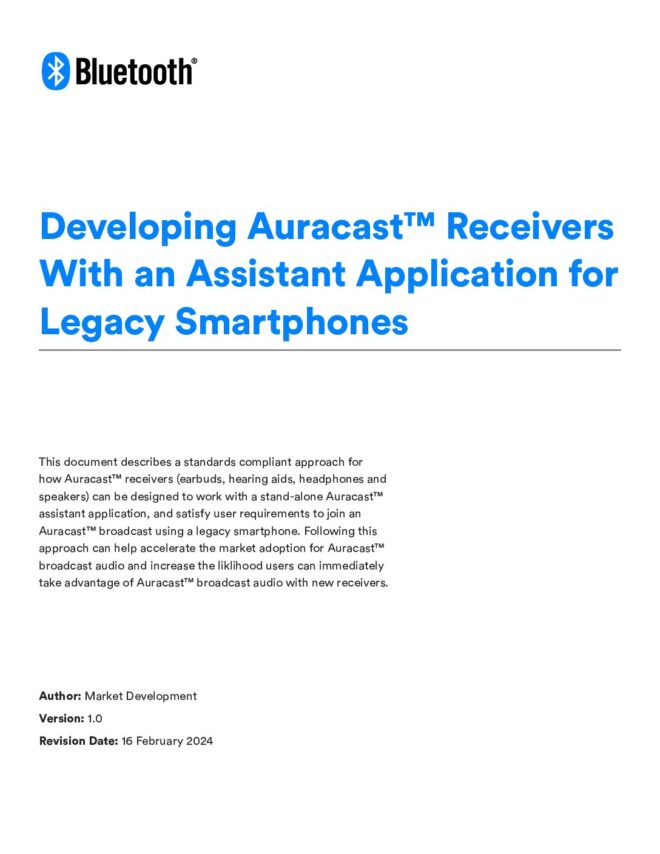
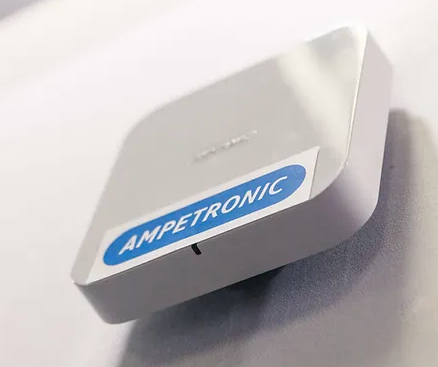
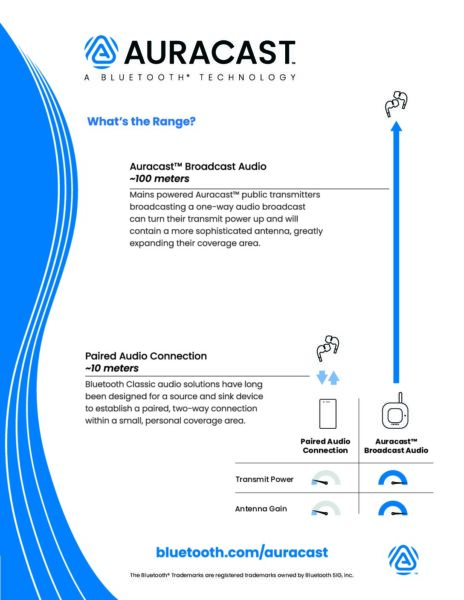
![2312 CES Handout Images FINAL existing pdf 464x600[1]](https://www.bluetooth.com/wp-content/uploads/2024/01/2312_CES_Handout-Images_FINAL-existing-pdf-464x6001-1.jpg)
![2312 CES Handout Images FINAL unlimited pdf 464x600[1]](https://www.bluetooth.com/wp-content/uploads/2024/01/2312_CES_Handout-Images_FINAL-unlimited-pdf-464x6001-1.jpg)
